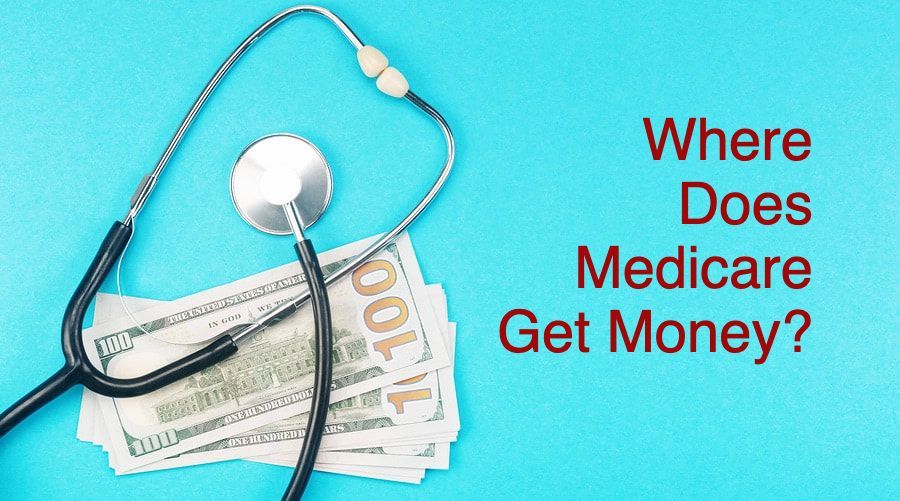Will Medicare Run Out of Money by 2026?

If you are approaching 65 and thinking about your healthcare options, you may be planning to take advantage of Medicare. This government program provides older Americans with health coverage that they may have previously gotten through private insurance. Many people worry about the state of Medicare and whether they can rely on it. Understanding how it is funded can help clear up some of these worries.
Medicare
The US federal government runs the program to help offer health insurance to Americans who are 65 and older. Some younger people with disabilities also qualify for coverage. It is broken into four parts.
Medicare Part A is hospital insurance. It helps with costs related to inpatient hospital care, skilled nursing facilities, hospice and home health care. In other words, it is for inpatient and continuing care.Medicare Part B is called the medical insurance portion. It helps to cover outpatient care and similar doctors’ services. This includes preventative care, medical supplies and outpatient services.Medicare Part C
is called Medicare Advantage. It is an alternative to Medicare Part A, B and sometimes D through private insurers. It is still considered Medicare because the government sets certain rules for the insurance companies.Medicare Part D
is prescription drug coverage. It will help you pay for your medications.If you sign up for Medicare and don’t opt for Part C, you will automatically be enrolled in Part A with no premium. Part B and D have premiums (as does Part C). There may also be deductibles.
How Does It All Get Funded?
The funding for Medicare is held in two trusts managed by the U.S. Treasury. The first trust is the Hospital Insurance Trust Fund, covering expenses related to Part A. This is funded primarily through payroll taxes paid by employees, employers and the self-employed. It is also funded with interest, Social Security benefits taxes and some taxes on the very wealthy.
Medicare Parts B and D are paid for through the Supplementary Medical Insurance Trust Fund. Some of the money for this fund comes from general tax revenue (meaning there aren’t special taxes for it). Another chunk of the money comes from the premiums paid by Medicare Part B and D users. The states also make payments into this fund. A portion of the money also comes from interest and taxes on benefits.
Should You Be Worried?
Some experts have warned about Medicare insolvency by 2026. However, this paints a bleaker picture than reality. Although it is true that, without reform, the Hospital Insurance Trust Fund would be technically insolvent by then, it would still be able to cover 91% of costs through 2042 and 85% through 2092. Furthermore, the government is likely to introduce some reforms.
The Supplementary Medical Insurance Trust Fund is in no danger of insolvency thanks to the premiums. So, while Medicare may need some help, it is at no risk of “drying up” in the near future.
Finding the Right Medicare Insurance
If you want to be sure of your continued health coverage during the later years of your life, Medicare Part C and supplemental Medicare insurance can help. For more information about how Medicare works and what you can do to keep yourself covered, contact Sackett & Associates Insurance Services at 707-823-3689. We are the Medicare insurance broker you can count on.







